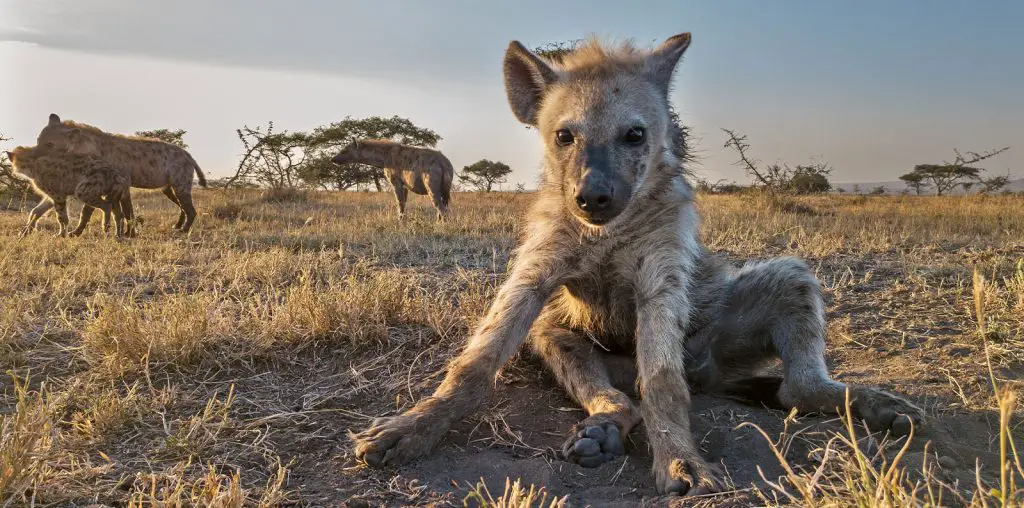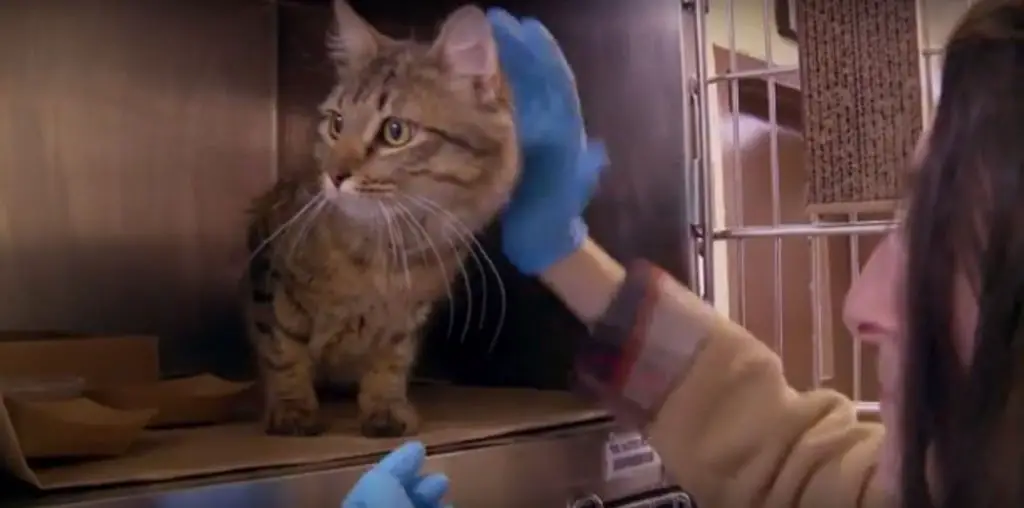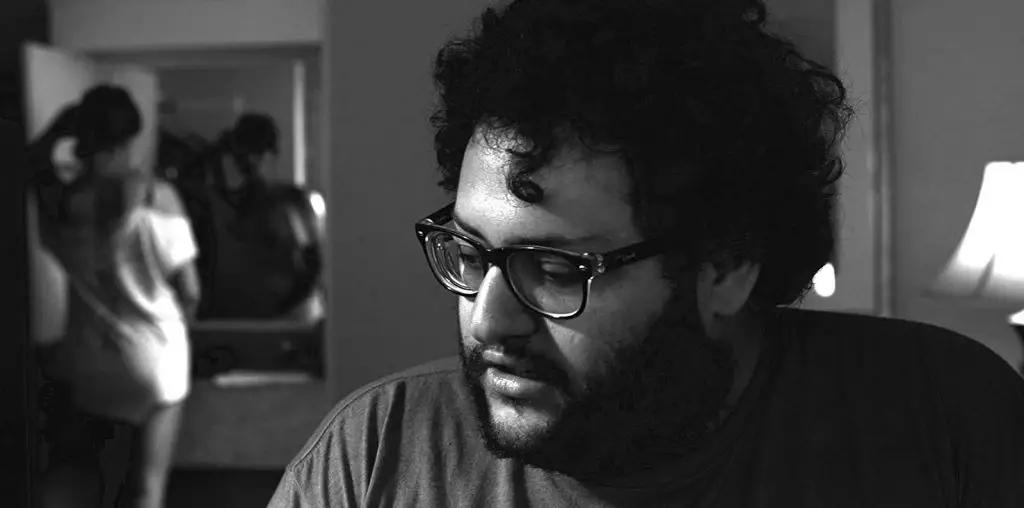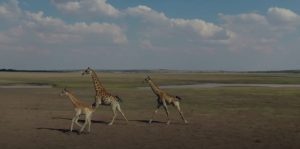
Before Jane Goodall and Dian Fossey made their names with chimpanzees and gorillas, respectively, there was The Woman Who Loves Giraffes. In 1956, four years before Goodall’s venture, and a full decade earlier than Fossey, Anne Innis Dagg traveled to South Africa to study the behaviors of giraffes out in the wild.
Even with her BA in biology and awards for outstanding academic achievement throughout her first round of higher education, she was warned against traveling by herself. Some academics even scoffed at her entire idea, to begin with. Even those who owned the land she wanted to venture to for her studies denied her, solely because she was a woman. After a number of persistent letters to Kruger National Park, did the owner Alexander Matthew finally relent.
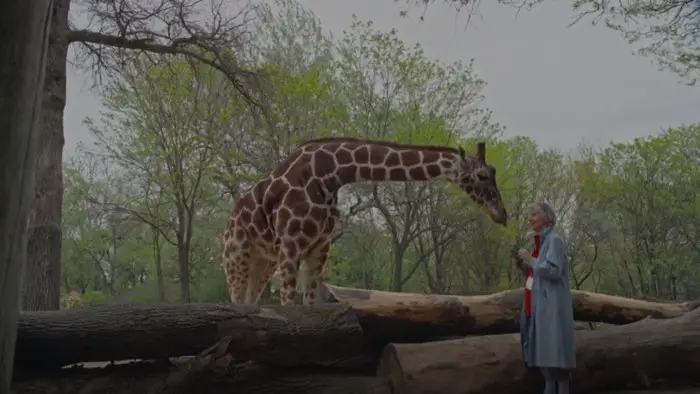
“In 1956…Anne Innis Dagg traveled to South Africa to study the behaviors of giraffes out in the wild.”
Dagg met several very helpful colleagues while conducting her research. Of course, her ten hours a day in the field and all the notes she took were compiled and published as The Giraffe: Its Biology, Behavior, And Ecology. For decades, this book was considered the premier text (and largely one of the only ones) on giraffes. Years later, thanks to more research, Dagg rewrote it, acknowledging the mistakes she made the first time around.
While the Alison Reid written and directed documentary is mainly about Dagg’s giraffe research, it does explore her later academic career. She was denied tenure at the university she was teaching at (after returning home from South Africa), solely because she was a woman. This led her to begin fighting sexism in academia for quite a long time.
The Woman Who Loves Giraffes runs slightly less than an hour and a half, but even in that brief timeframe, it does feel a bit repetitive. She and Ralph wrote to each other often while she was away, and a number of letters are read aloud in the film. Perhaps, one or two too many letters were spotlighted. It is nice because her latest breakthrough in her research, as well as her personal life, get explored in one fell swoop. But, they feel like exposition dumps and tend to stop the momentum of the film.
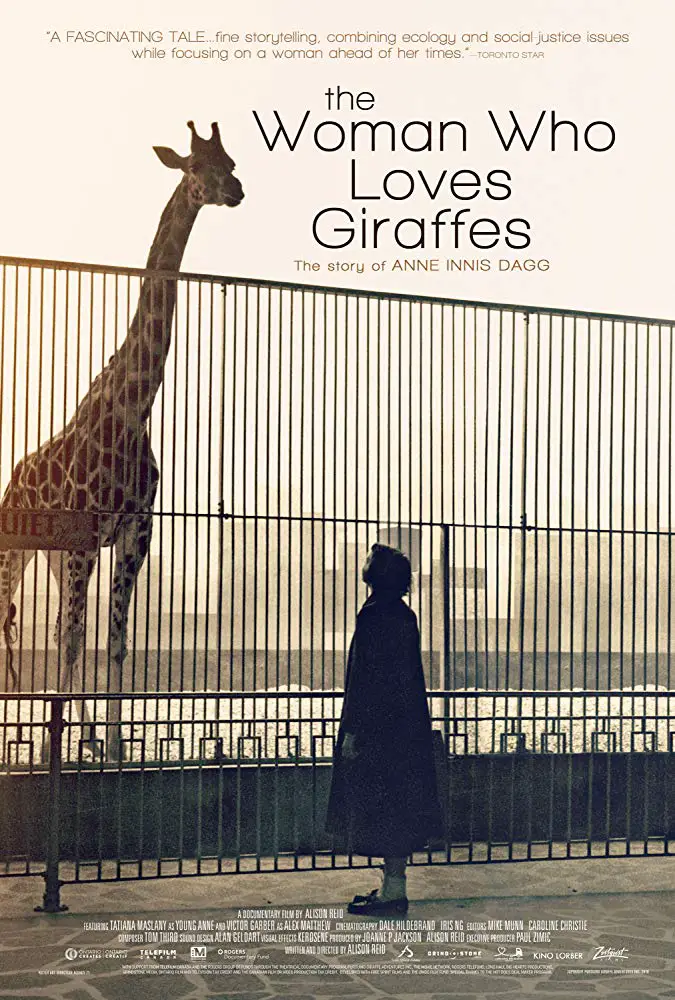
"…Giraffes are curious creatures, their social networks are relatively complex..."
